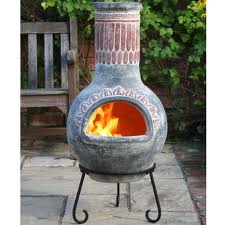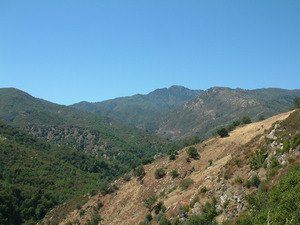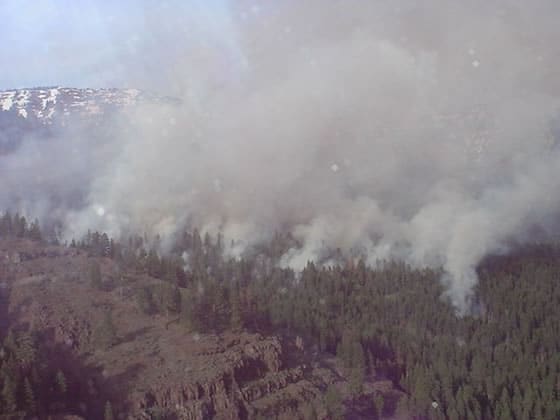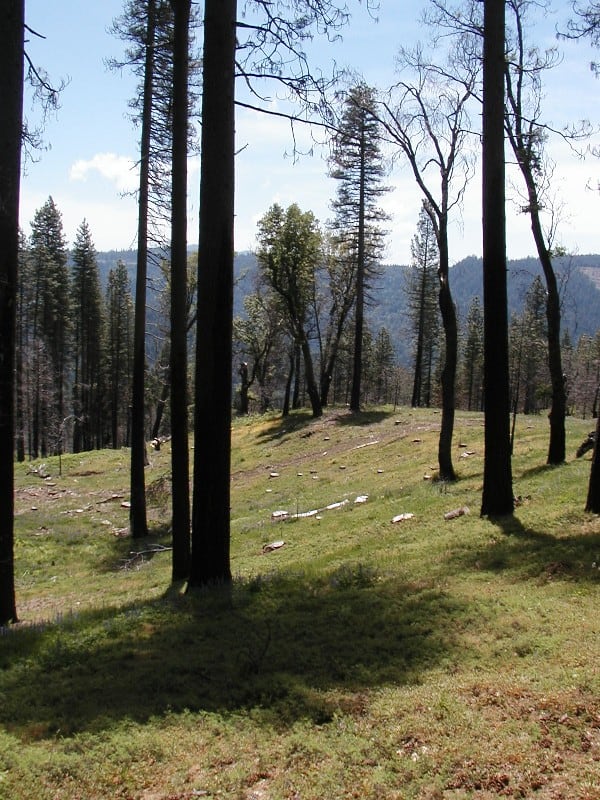I referred to this “fire policy letter in 2012” in this recent post as a “tempest in a teapot” or “a wildfire in a chiminea.” Then Larry wondered about this question “does putting out fires early actually cost less than paying to watch them burn”?
Probably based on statements like this:
In May 2012, Forest Service Deputy Chief Jim Hubbard issued a “fight all fire” directive. This may be why the feds spent more than $1 billion fighting fires last year. They came in $400 million over budget.
Now, our understanding was that someone had told Mr. Hubbard to be careful with fire so that the FS didn’t go too far over budget. So if is correct, then efforts to reduce firefighting costs had exactly the opposite effect. However, another way to look at it is that the FS might have even more over budget without the policy. Do we have any evidence that would support one explanation over the other? Certainly watching fires for months and then suppressing larger fires than you started with would cost more than suppressing a smaller fire. But maybe many of the “watched” will go out on their own instead of blowing up. Seems like the experts might have some relevant data on this.
So what is the source of these news articles?
Well the first one I found was this on March 6:
http://www.publicnewsservice.org/index.php?/content/article/31203-1
BOISE, Idaho – For decades, the U.S. Forest Service let small fires in remote areas burn naturally in recognition that fire was part of the natural landscape – and that by letting some fires burn, future large fires could be prevented. Last year, however, every fire was battled unless granted special status.
That’s been recognized as part of the reason the Forest Service spent more than $1 billion fighting fires in 2012.
Now, the agency is taking the “fight all fires” directive off the books.
Jonathan Oppenheimer, senior conservation associate at the Idaho Conservation League, said plenty of science and economic sense are behind the decision.
“Putting out every single fire is not good for firefighter safety, it’s not good for the environment, and it’s not good for the bottom line and the taxpayers,” he said.
The forest official who required that all fires be suppressed in 2012 had a goal of keeping all fires small.
Oppenheimer said the history of letting some fires burn got its start in Idaho with a fire in the Selway-Bitterroot Wilderness being allowed to burn in 1972 – the first time the Forest Service had made such a decision. The Gem State is home to millions of acres of backcountry.
“We’ve got a huge 4 1/2 million, 5 million-acre wildland complex in central Idaho,” he said, “where it simply doesn’t make sense to be putting firefighters’ lives at risk to go and put out small fires.”
Forest Service Chief Tom Tidwell issued the decision on the policy shift for the upcoming fire season.
Who is the Public News Service?
“The Public News Service (PNS) provides reporting on a wide range of social, community, and environmental issues for mainstream and alternative media that amplifies progressive voices, is easy to use and has a proven track record of success. Supported by over 400 nonprofit organizations and other contributors, PNS provides high-quality news on public issues and current affairs.”
I wonder how you can provide high-quality (reasonably neutral) news and at the same time “amplify progressive voices.”
Friday, there was this story, which discusses the opinions of Timothy Ingallsbee, the Executive Director of FUSEE link here.
In this story, it says that:
In May 2012, Forest Service Deputy Chief Jim Hubbard issued a “fight all fire” directive.
But that’s not exactly what it said. If I had to wager a guess, I would have to wonder if there is something to the Hubbard=bad, Tidwell=good plotline that someone somewhere found worthy of promoting. Or as one journalist reader said “it’s just sloppy.”
So you might want to review what we said about this letter last year, when it came out here…on what I called, at the time, the “temporarily be careful about a let-burn” policy.
Although the Forest Service said the directive is temporary and will likely be suspended come winter, Manning’s article makes it seem like the decision is a complete reversal of the 1995 federal fire policy that made restoration of wildland fire a national priority. He argues that the conditions that led to the temporary change—hot, dry weather and budget shortfalls—aren’t likely to go away anytime soon, suggesting the fire suppression policy might stick around, too.
Stahl thinks so, too.
“Things like this have a tendency to become indelible,” he said. In order to reverse the policy next season, he thinks the Forest Service will have to make the case that budget and weather conditions are significantly different than this year—something he worries might not happen.
Hmm…





